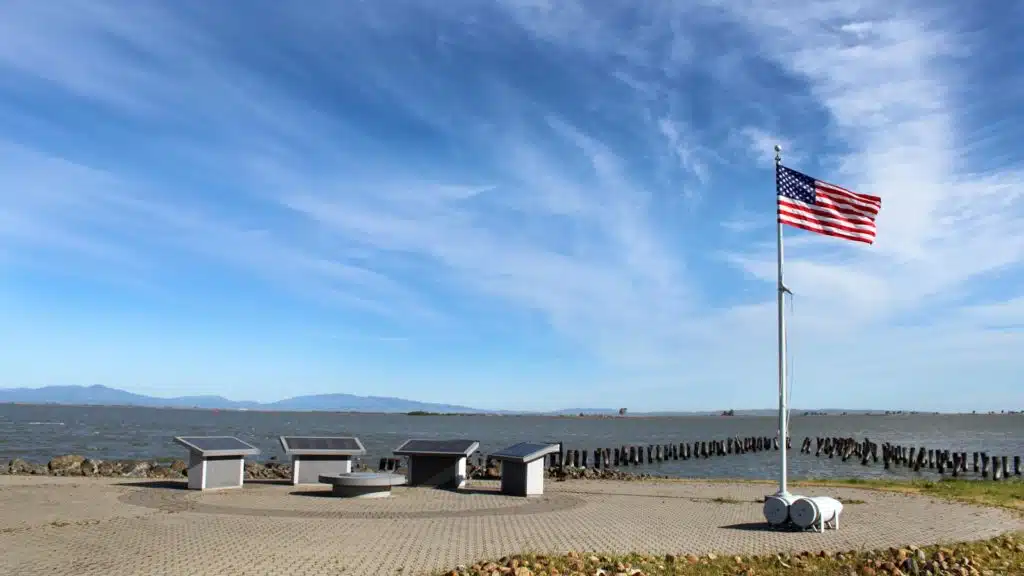510-937-3129
Drag a button, link, or anything else into the icon box to place it below the text. Lorem ipsum dolor sit amet elit.
Like a compass needle steadfastly pointing north, the Port Chicago Naval Magazine National Memorial and Concord's naval history guide us back to crucial chapters of America's maritime past.
The echoes of that bygone era are remarkably preserved within these historical vestiges, providing an engaging tableau for understanding the inception, evolution and impact of the U.S. Navy in Concord, California.
This exploration into this rich heritage promises to unfurl a narrative tapestry woven with tales of courage, innovation, resilience and strategic prowess.
Immersing oneself in such historical narratives offers more than mere intellectual engagement; it taps into a deeper human longing for connection and belonging.
As we delve into the stories etched within the confines of Port Chicago Naval Magazine National Memorial and unravel Concord's naval chronicles, we subconsciously seek a sense of kinship with those who came before us - their trials shaping our legacy; their triumphs inspiring our future.
Through this journey across time's shifting sands, we come to realize that appreciating history is not merely about acknowledging past events but rather forging an invisible link between generations – a testament to our shared humanity.
The U.S. Navy's extensive legacy in Concord, California, is encapsulated through myriad historical landmarks and sites, providing a substantial representation of naval history that spans several significant epochs.
The city has been an integral part of the Navy's operations since the establishment of the Port Chicago Naval Magazine during World War II. Noteworthy is the infamous Port Chicago disaster in 1944 that led to a critical turning point for racial justice within military ranks, highlighting the potent intersection of military history with civil rights movements.
A visit to the Port Chicago Naval Magazine National Memorial offers an immersive experience into this rich heritage. Here, one can trace back to wartime activities conducted at this vital ammunition shipping hub and gain insights into life on base during those demanding times.
Moreover, stories about African American sailors who were disproportionately affected by the catastrophic explosion serve as poignant reminders of a turbulent past and underline transformative changes in policies relating to equal rights and opportunities within armed forces.
These narratives contribute significantly towards forming a collective memory that binds individuals through shared knowledge and understanding of their community's past struggles and triumphs.
